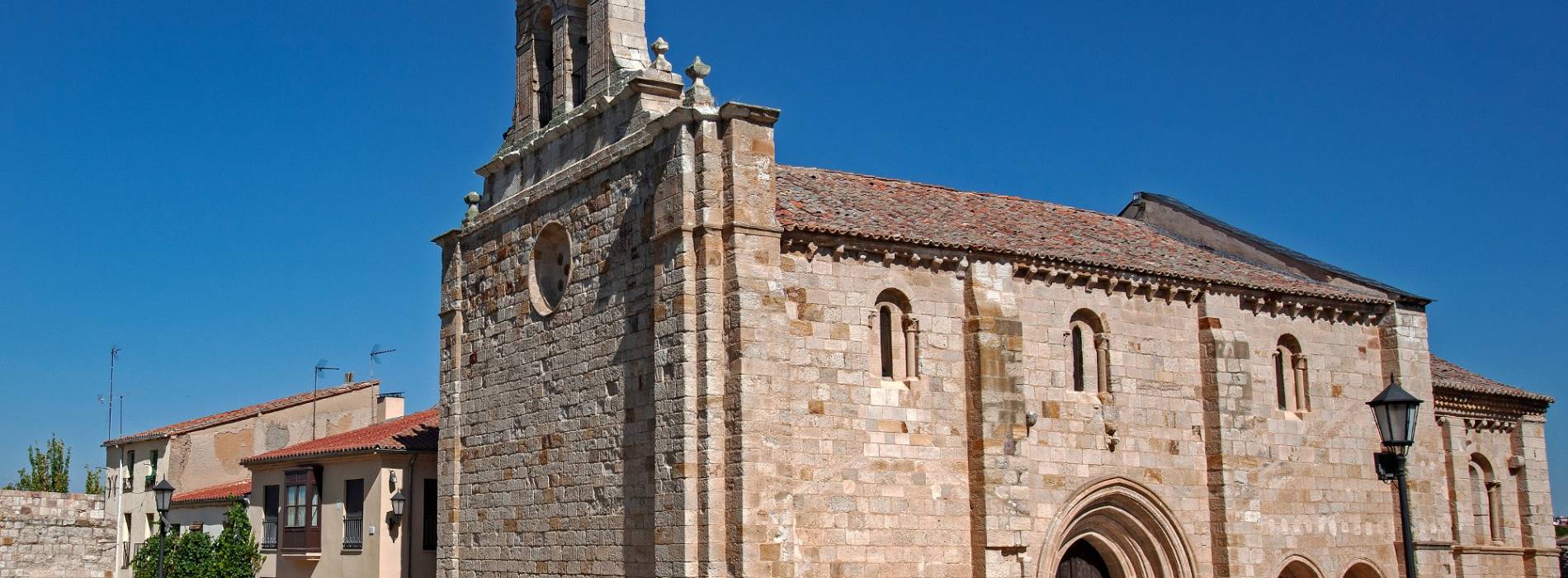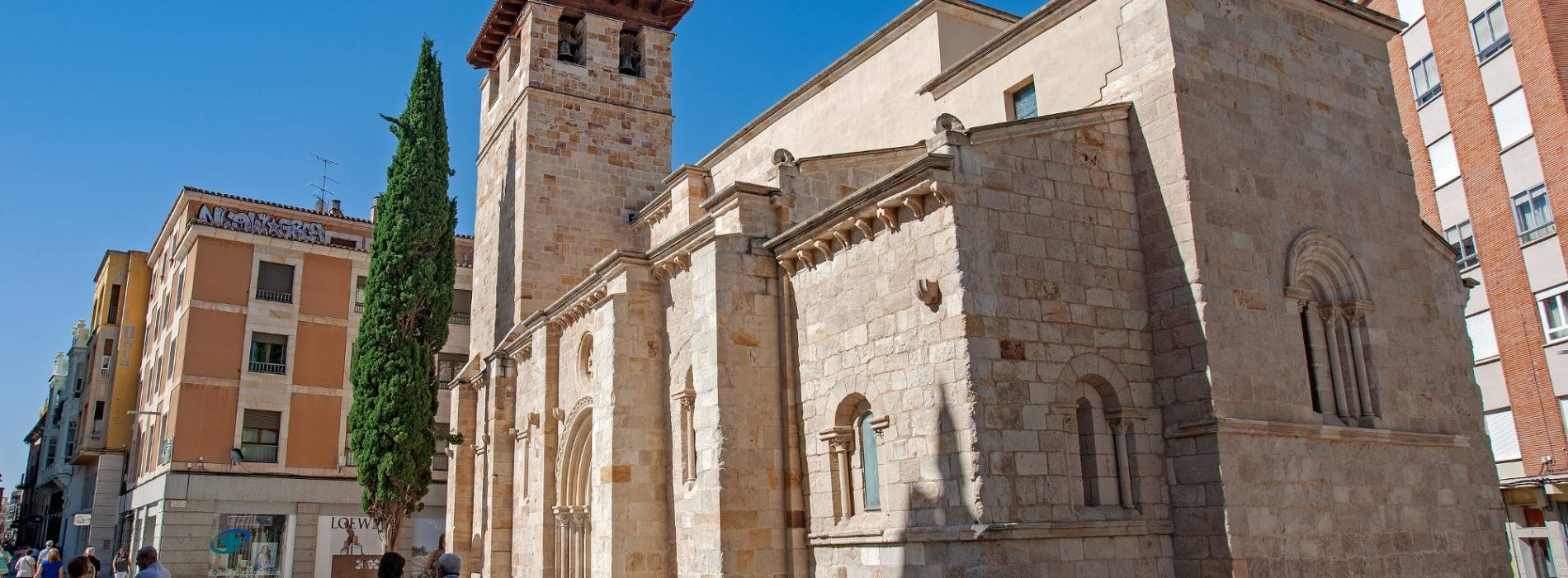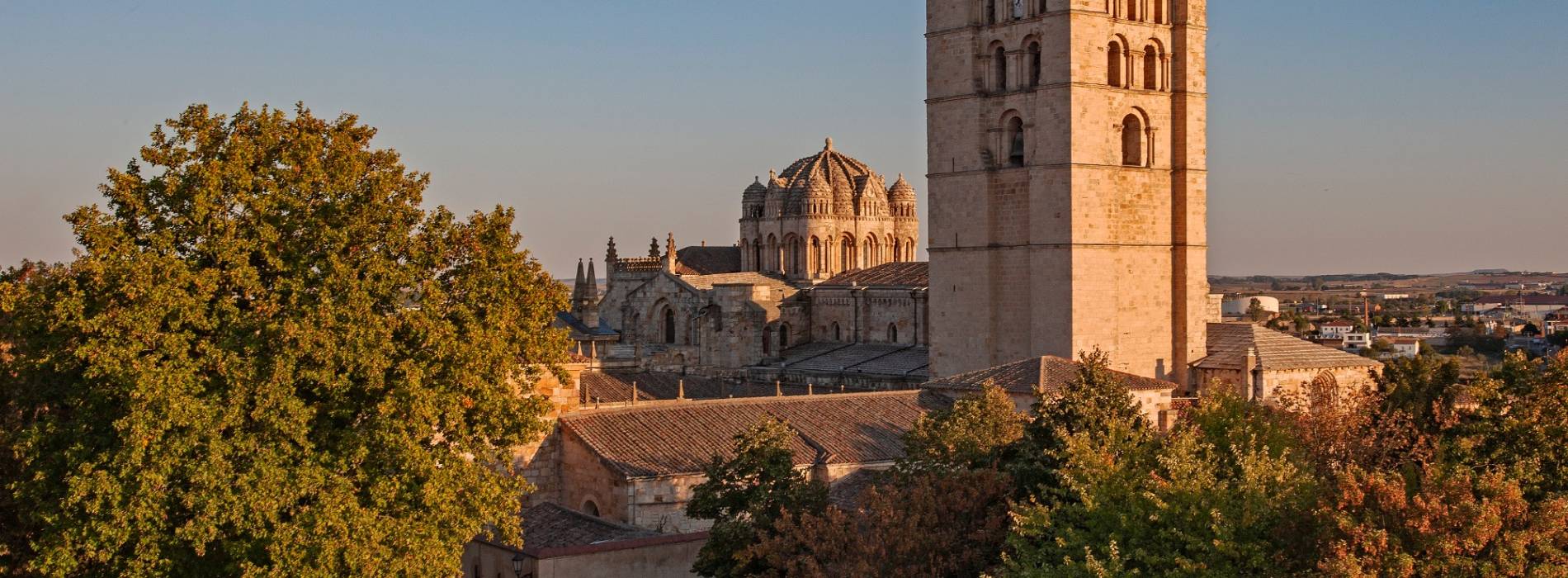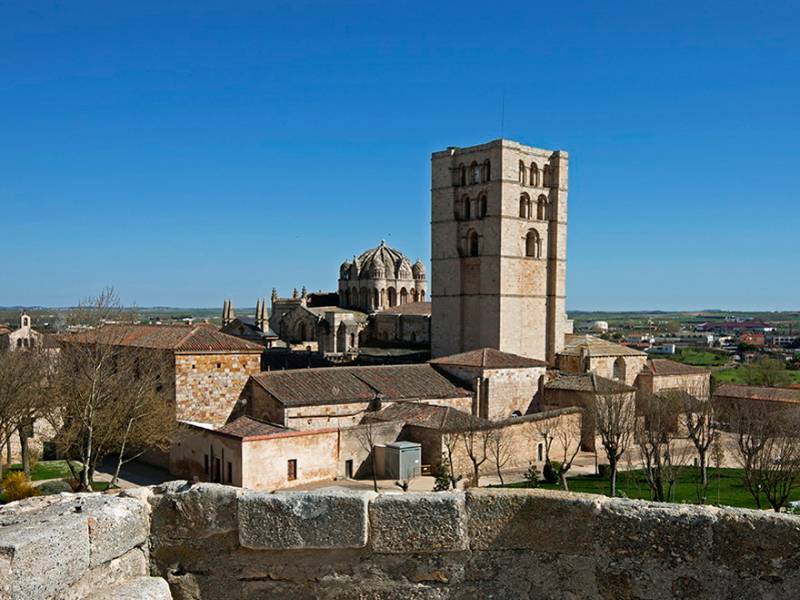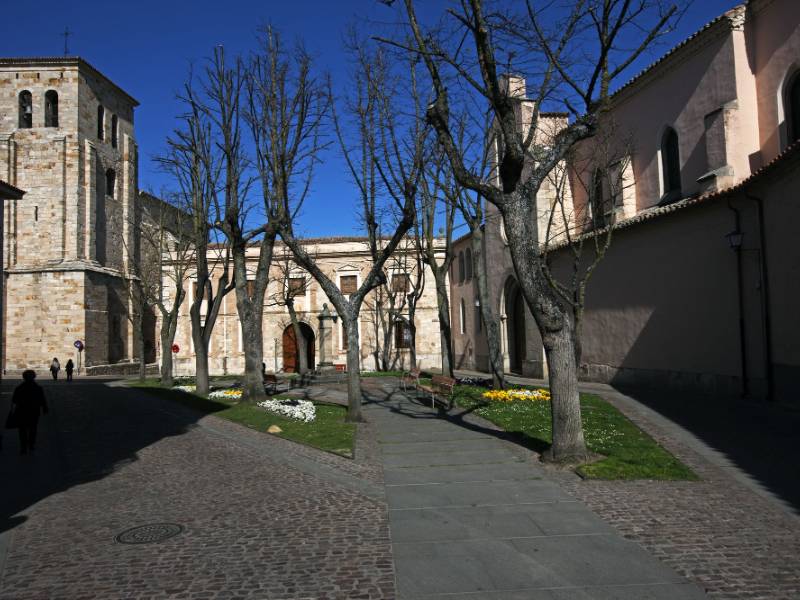Route through the Romanesque city of Zamora
- Position
- Zamora
- Type of route
- One day
- Web
- To know more
"The city of Romanesque" as Zamora is known, has more than twenty Romanesque churches, which has earned it to be considered the capital with the largest number of buildings of this style in Europe. This educational tour of the old town begins from the Plaza de Viriato until reaching the Mirador del Troncoso, the Romanesque Cathedral and its Cathedral Museum, ending at the Portillo de la Traicion or de la Loyalty, where the meaning of the saying that of that "Zamora was not taken in an hour."
If the visit begins at Los Pelambres beach, on the banks of the Duero River, the panoramic view of the historic complex is magnificent. The Stone Bridge of the 19th century. XII that connected the city with the outlying neighborhoods and where the pilgrims who make the Jacobean route of the Vía de la Plata enter, the oldest set of aceñas or water mills in Spain and the wall highlight the medieval character from Zamora. Standing out from the complex are the tower of the Romanesque cathedral and the cimborrio (lantern tower), the unique construction on the cathedral transept with clear Byzantine, Islamic and French Romanesque influences. Crossing the Bishop's Gate you access the surroundings of the cathedral, very close to the castle, and from there the succession of Romanesque temples is impressive and each one more beautiful and with its own legend, such as the church of Santiago de los Caballeros, in the According to tradition, the Cid Campeador was knighted.
What to see?
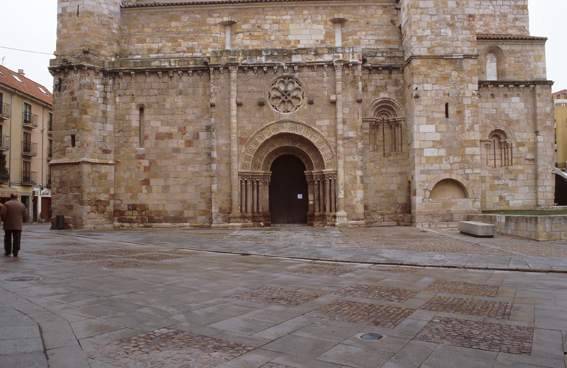 Church of San Juan de Puerta NuevaMore information
Church of San Juan de Puerta NuevaMore informationBuilt in the late 12th century, although construction continued throughout the following two centuries. The tower and the roof were rebuilt in the 16th century, after they had crumbled down. There is a...
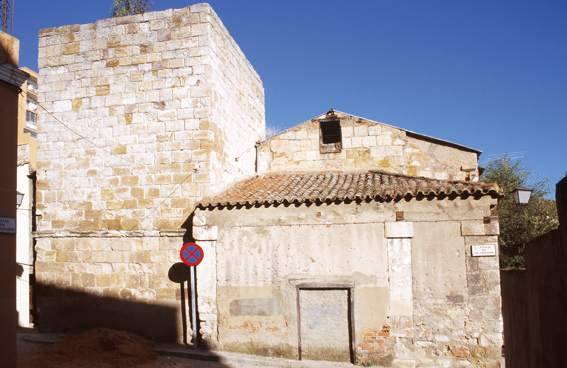 Church of San LeonardoMore information
Church of San LeonardoMore informationResearches state this church was built as far back as the early 12th century, although it had its heyday in the 13th, when the atrium, which today looks like a narrow side chapel, was added.The church...
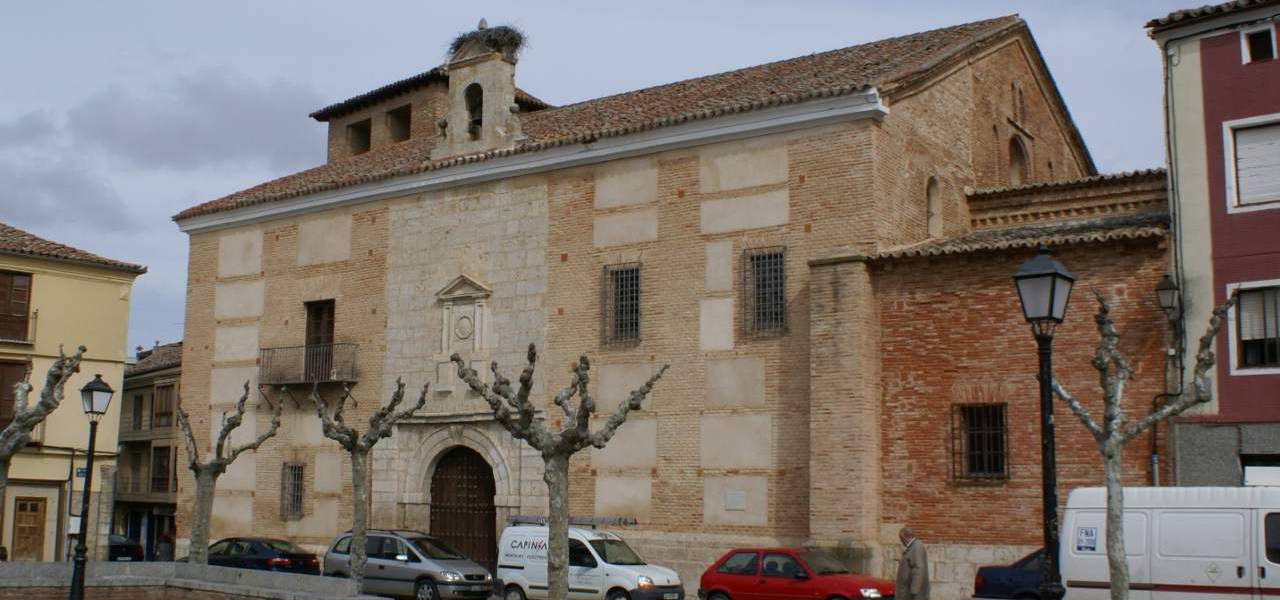 Church of the Santo SepulcroMore information
Church of the Santo SepulcroMore informationRomanesque-Mudejar church from the end of the 12th owned by the Order of the Holy Sepulcher, and which later passed to the order of Saint John of Jerusalem. At present it houses some steps of the Brotherhood...
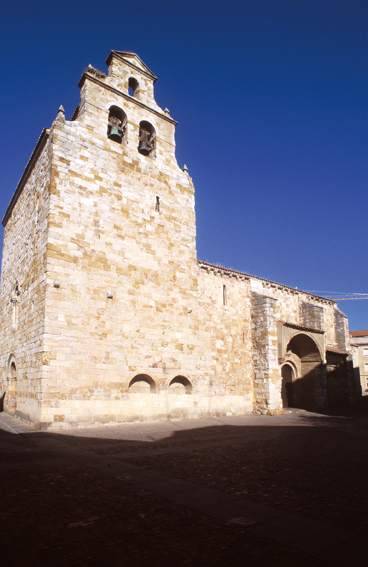 Church of Santa Maria la NuevaMore information
Church of Santa Maria la NuevaMore informationChurch built in the 12th century. It conserves the Romanesque trace in the apse and the southern wall, the rest being a reconstruction of later styles. It houses a Reclining Christ by Francisco Fermín....
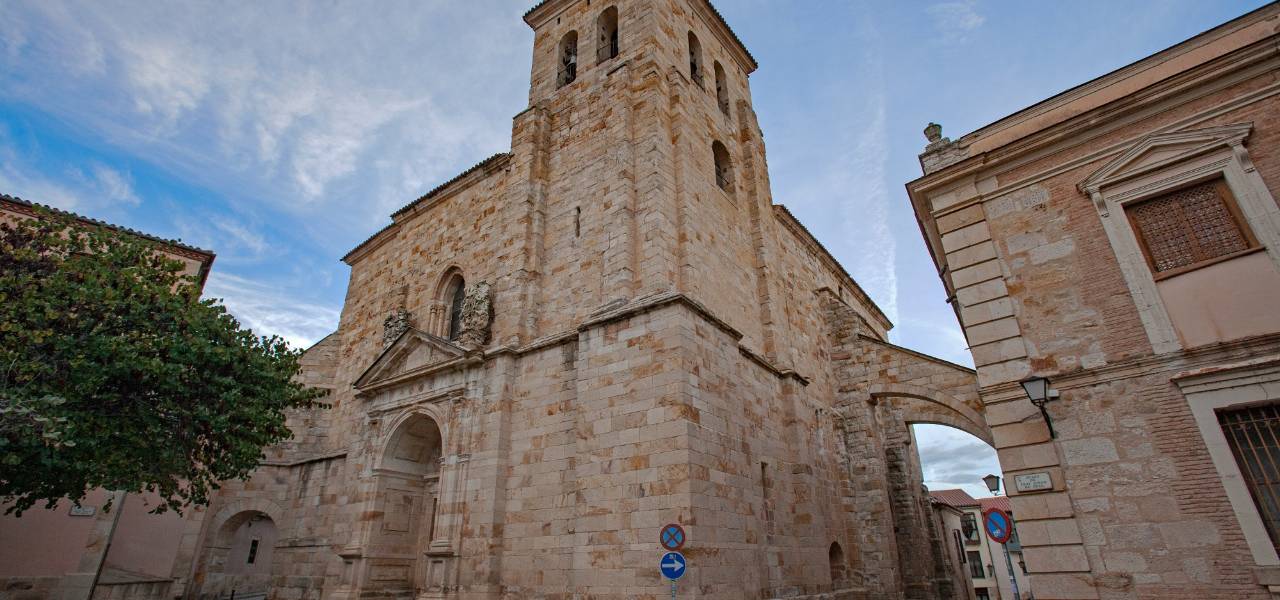 Church of San Pedro and San IldefonsoMore information
Church of San Pedro and San IldefonsoMore informationBegun in the 12th century as a Romanesque structure, it underwent a Gothic renovation in the 15th century, when a ribbed vault was added.Known as the Iglesia Arciprestal , the relics of San Ildefonso and...
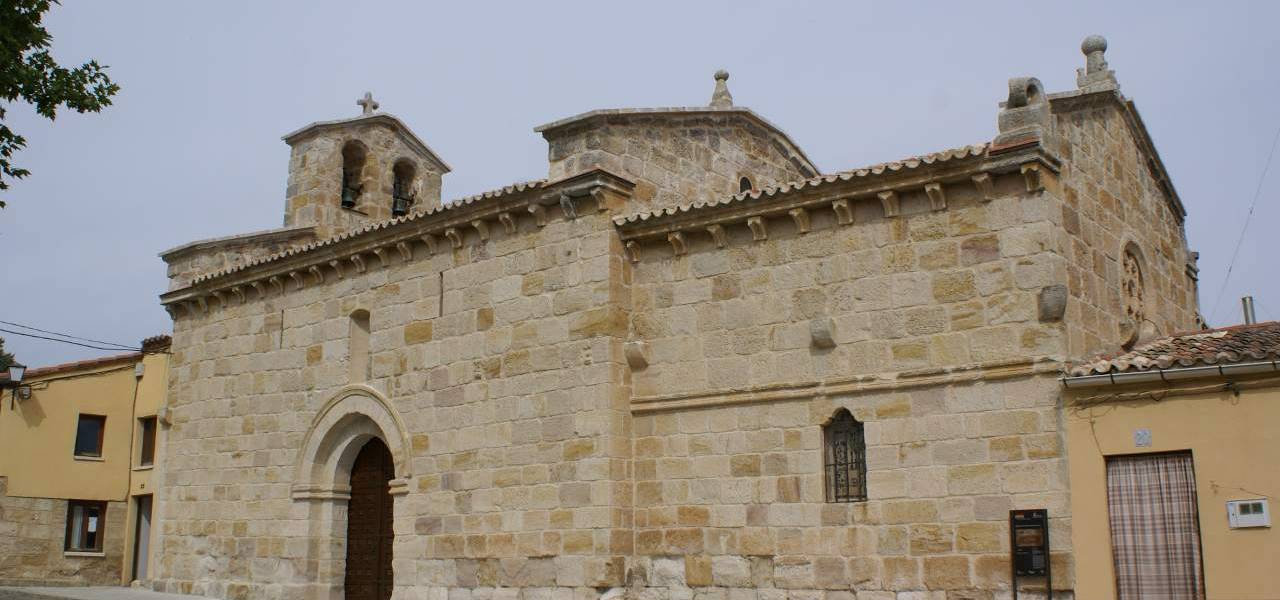 Church of the Espiritu SantoMore information
Church of the Espiritu SantoMore information13th century. Consecrated in 1212, it was founded in the time of Alfonso IX and had abbatial dignity, although dependent on the cathedral chapter. Made in late Romanesque style.Simple plant church with...
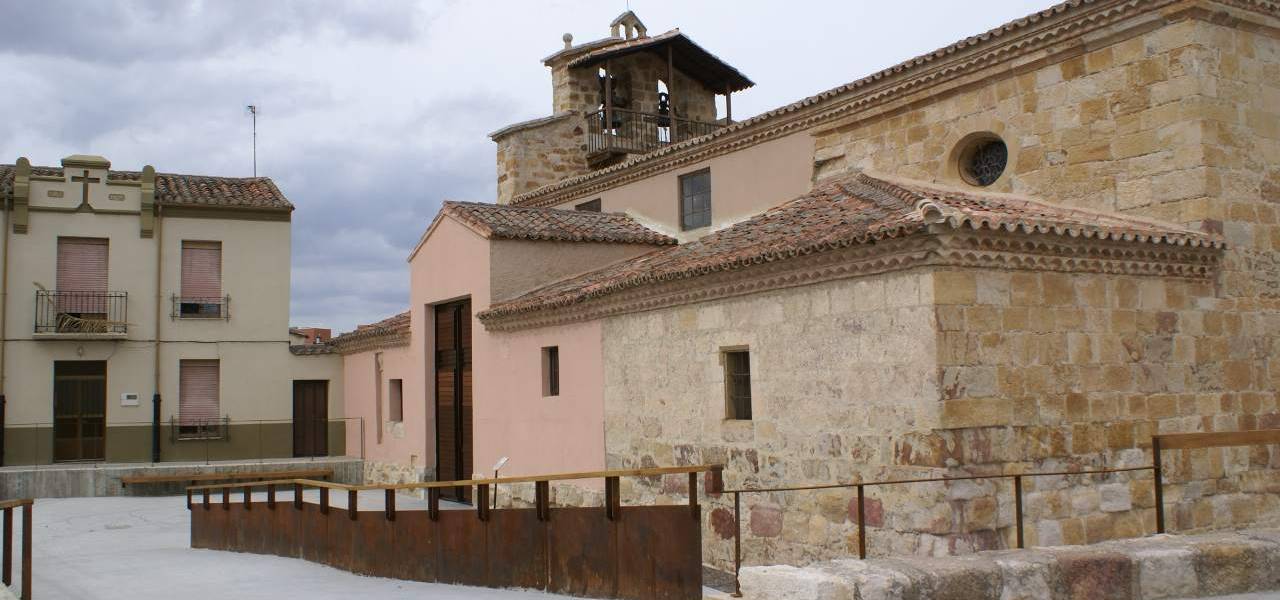 Church of San FrontisMore information
Church of San FrontisMore informationOriginally it was the church of a hospital or hostel for pilgrims, ordered to be built in the 13th century by Canon Aldovino, whose tombstone is preserved inside the building. Its plant, very altered,...
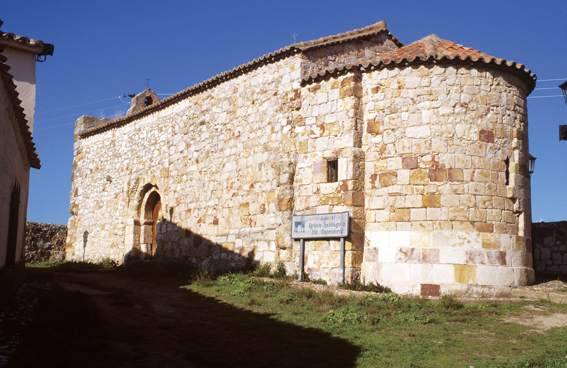 Church of Santiago el Viejo / Santiago de los CaballerosMore information
Church of Santiago el Viejo / Santiago de los CaballerosMore informationSmall church built in the 12th century, su plano dibuja una larga y estrecha nave, rehecha a lo largo de la historia.Tradition has it that El Cid Campeador was made a knight here, and that this is the...
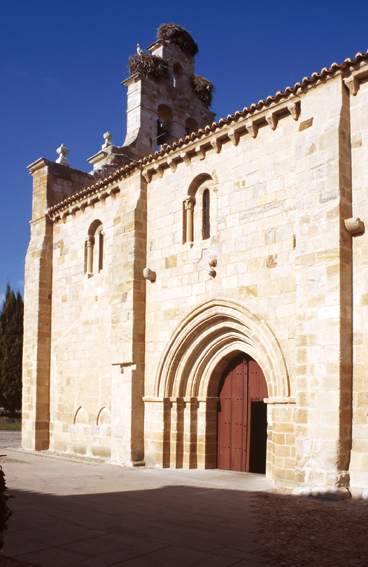 Church of San IsidoroMore information
Church of San IsidoroMore informationBuilt in the middle of the 12th century together with the Cathedral, and from this time it preserves the decoration of the cover. Its interior has been reformed in centuries and later styles. It was ordered...

